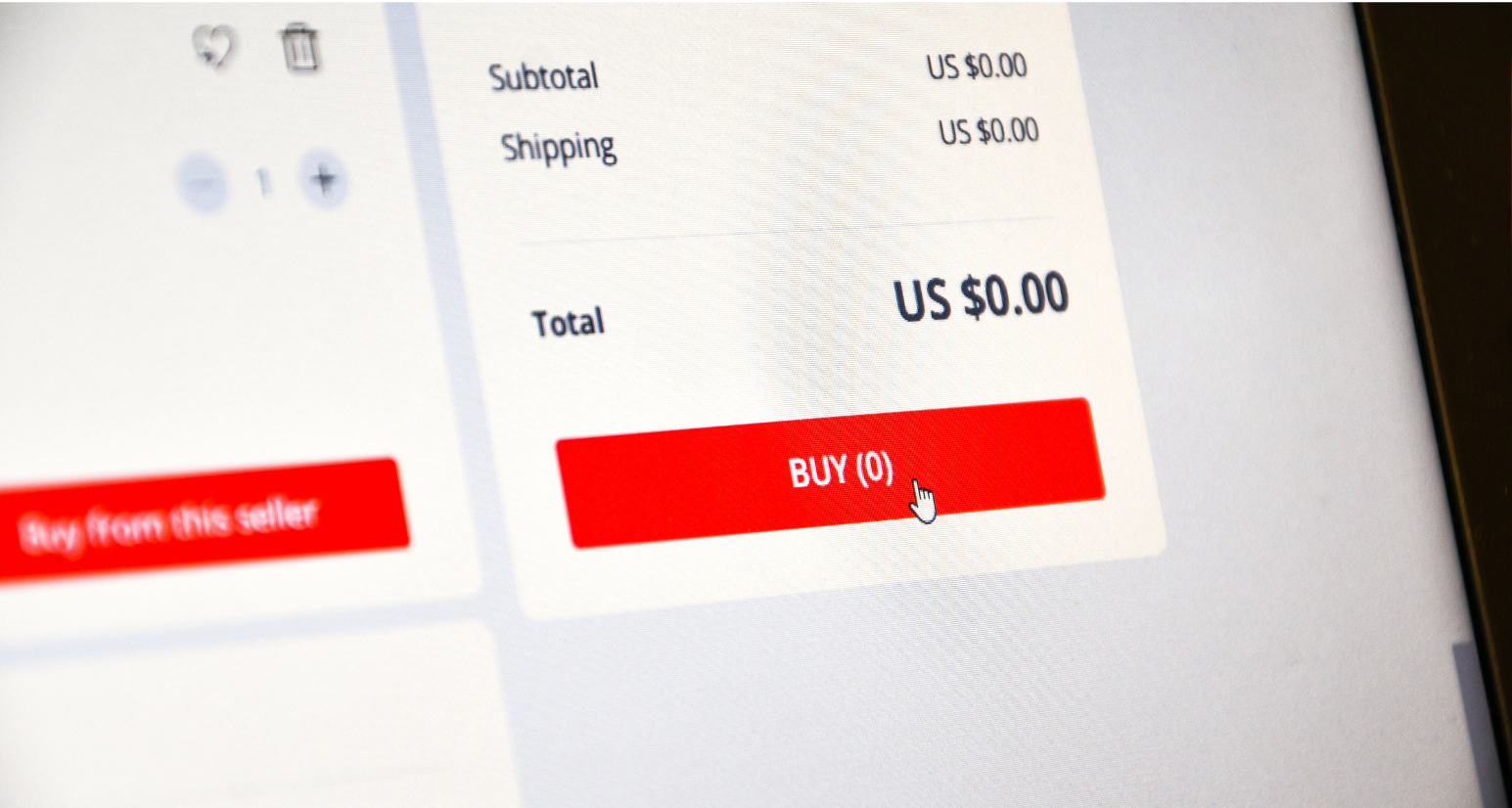
It’s hard to believe that Christmas is just three days away. Unfortunately, inclement weather is creeping in throughout the country this weekend, and many shoppers have yet to get all of the items on their holiday gift list.
If your local forecast has dashed your hopes for a quick run to Target for a few last-minute gifts, online shopping is the typical go-to solution for last-minute gifts, and companies like Amazon offer same-day shipping. But, staying safe when online shopping isn’t always as easy.

Shopping from well-known websites is generally safe and will typically h ave a virtually painless return process. Paypal has a convenient Resolution Center if you purchase an item you didn’t receive, and will provide a full refund.
In a perfect cyber world, we could just swipe and click without worrying about having our usernames, credit card information, and money stolen by hackers.
Cybercriminals’ methods are becoming more advanced year after year, and defending against an attack you do not see coming is impossible. So, it’s better to be offensive in your efforts to protect yourself when shopping online.
Hackers are always on the lookout for easy targets, and you can become their next victim in just one click .
Don’t be an easy target!
There are some simple things that you can do to make online shopping safer. Here are our top 5 tips for safe online shopping:
Use multi-factor authentication (MFA) whenever possible.
If the website you visit offers the option of verifying your identity using multiple methods with each login session, always use this feature.
It is an extra step but taking this precaution is the only way to stop an attack before it happens. The authentication steps can range from receiving a verification email to getting a quick text message with a code to enter.
Keep your eyes open for the “lock” icon in the web address.
The only way to be sure that you are shopping from a secure website is to look for the lock icon or the https://. “Hovering” over the lock will provide you with the certificate information for the website to verify that the website certificate is up to date.
Do not shop from unsecured websites.
Do not click email links sent by unknown senders.
Opening an infected email won’t typically cause any issues. Their goal is to get the victim to click a link within an email. Hackers can easily edit hyperlinks to appear to match a website from a trusted source.
You can “hover” over the link to verify the website you will be sent to when you click.
Do not click text or SMS messages from websites requesting information.
Hackers will often send text or SMS messages requesting account information, asking you to reset your password or send a message informing you that your account is suspended. Do not click the link sent to you from inside the text message! Instead, go directly to the website and reset your password.
If you need to call customer service, get the phone number from the website and remember to look for that lock and https:// before clicking enter.
Text campaigns are a typical method cybercriminals use to victimize online shoppers. If you have older online shoppers in your family, take a minute to share this tip.
Do not use free public WiFi networks.
It may be tempting to log on to a free WiFi network to shop while you are waiting in line for your peppermint mocha at Starbucks – resist this temptation. Cybercriminals can easily spoof (mimic) a public WiFi network to gain access to your information.
Online shopping is a welcomed convenience that has made holiday shopping less stressful and can save time and money. But taking these extra precautions will help you protect your personal information and make your holidays happier!
Recent Blog Posts...

What the UNFI Cyberattack Can Teach Us About AI Governance

Drawing The Map: What Mid-Sized Businesses Should Look For In An AI Governance Policy

How AI Can Help Credit Unions Like Yours—Without Losing the Heart of What You Do

The One Thing Your Phone System Should Never Do




